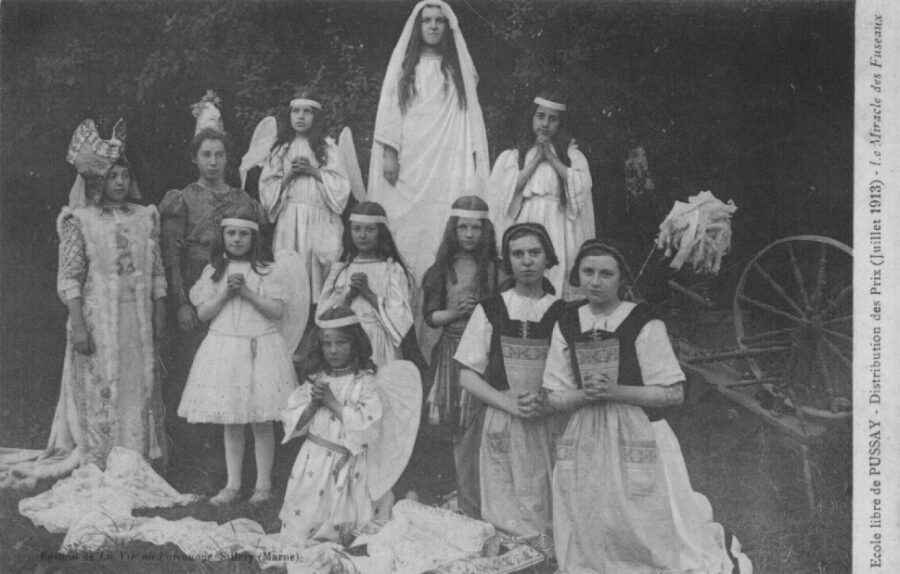
WEIGHT: 52 kg
Breast: 3
One HOUR:100$
NIGHT: +30$
Sex services: Facials, Disabled Clients, Massage professional, Sex vaginal, Anal Play
To browse Academia. This study reads some Middle English poetry in terms of crusading, and it argues that the most prominent English poets, namely Geoffrey Chaucer, William Langland, and John Gower, were against the later crusades regardless of their target. Thus, to prove such a claim, this study consists of five main chapters. The first chapter discusses the dominance as well as nature of crusading in fourteenth-century England. View related articles View Crossmark data Eurydice Georganteli's paper covers the art of the period under consideration.
She demonstrates that both Muslim and Christian rulers borrowed from a wide range of images in their self-representations on coins and other artefacts such as icons and sarcophagi.

Georganteli assumes that the Ottomans, Georgians, Armenians, Trapezuntine emperors and crusaders borrowed paradigms of rulership from the regions over which they ruled using the Hellenistic, Byzantine and Roman heritage.
Teresa Shawcross presents an element of the Latin rulership that was widely discussed by Filip van Tricht in his monograph, The Latin Renovatio of Byzantium: the adoption of Byzantine customs in coronation ceremonies, documents, diplomacy and coinage. The remaining seven papers deal with relationships between the Byzantines, the Latins and the Ottomans. Dimitris Kastritsis' paper examines Ottoman imperial ideology from the fourteenth to the sixteenth century, especially in relation to dynastic legitimisation.

Chapter 9 deals with Byzantine and Latin rule over the Gattilusio regime and Chapter 10 with crusade literature. David Abulafia explores the situation in the eastern Mediterranean through the fifteenth-century Catalan romance, Tirant lo Blanc, while Robert Irwin surveys views of Palestine territory in late medieval Islamic spirituality, culture, religious beliefs and practices.


































